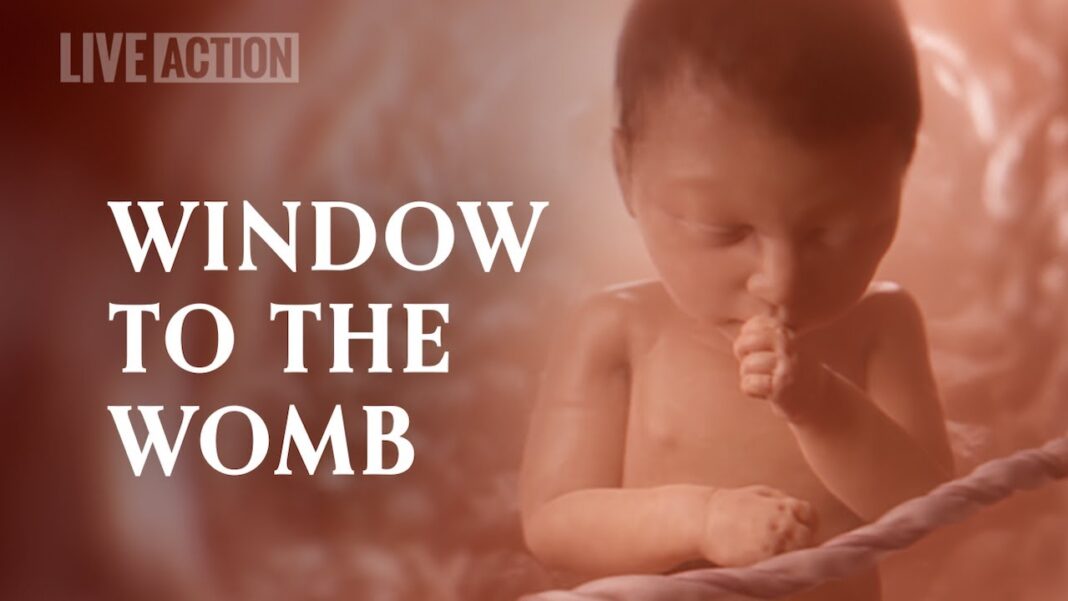Communism is, in many ways, a cult, and a dangerous one at that. In China, to this day, the cult of Mao still carries significant weight. Across the country, young people are still drawn to the Chinese Communist Party (CCP), a vicious cult led by Xi Jinping.
Meanwhile in America, wokeism has formed into a cult of its own. Like communism, it threatens to destroy the very fabric of American society. The writer Max Funk calls the woke movement a “new religion,” comparing it to a tidal wave ripping “through every facet of western culture, shaping and redefining society.” The writer Andrew Sullivan famously described wokeism as “a religion whose followers show the same zeal as any born-again Evangelical.” Meanwhile, linguist John McWhorter, one of wokeism’s biggest critics, has labeled the movement, “profoundly religious” in nature. In “Woke Racism: How a New Religion Has Betrayed Black America,” due for release in October, McWhorther, a linguist and associate professor at Columbia University, sets out to reveal “the workings of this new religion.” There’s just one thing, though: wokeism is not a religion. It’s a cult.
Before going any further, it is important to state the following: from now on, when discussing religion, I will use Christianity as a reference point throughout. This is a little narrow, you might say. Not quite. There are more than 2.5 billion Christians worldwide. Although it doesn’t speak for all religions, Christianity certainly speaks for a large number of believers. Also, with more than 4,000 religions worldwide, I dare not speak for all of them, nor would I ever want to.
Separating the Sacred From the Silly
A traditional religion like Christianity is a social-cultural system of belief, replete with designated behaviors and practices, traditions, teachings, and philosophies. Although wokeism has its own set of practices and beliefs, it’s not a religion. Karate has its own sets of practices and beliefs, and no one calls it a religion. No, wokeism is little more than the weaponization of personal grievances. Unlike Christianity, there is little, if any, room for empathy. In fact, the entire woke movement appears to be underpinned by a high degree of narcissism, the antithesis of empathy. Christianity, in its purest form, is about being at one with God. For this to occur, ego dissolution, or the death of the ego, must occur. In other words, an individual must offer himself up to a higher power.








